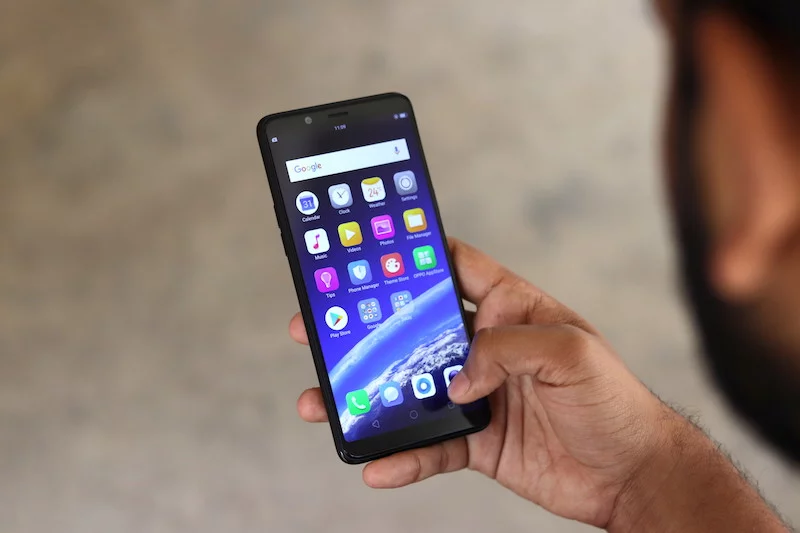The 5G Committee of the telecom ministry has come up with a report saying that 6000 Mhz of the spectrum can be availed for the rollout of services with utmost priority. If the recommendations by the panel submitted to the government are implemented, then it could lead to the biggest ever allocation of spectrum in the country for any service. Arogyaswami Paujraj, who is an expert member of the committee quoted that when the service starts relaying in the country, it is expected to improve the internet speed in the country by 50% compared to the present speed internet data.

Paulraj is Professor Emeritus at Stanford University besides being a pioneer of MIMO wireless communications, a technology that has enabled improved wireless performance and made a lot of lives easier. As shown by the Stanford website, MIMO is a technology which is now embedded in all new wireless systems.
Paulraj said that the Department of Telecommunications (DoT) is taking strong steps to make the service live fast.
A PTI report pointed out that in 2016, the largest ever auction of spectrum was held in the country where 2,354.55 MHz of frequencies which were valued at Rs 5.63 lakh crore were put up for grabs. Presently the spectrum band which is being used to transmit mobile signals lie in the 800 Mhz to 2600 Mhz band. The panel has now found 11 bands over which 5G services will be operational, out of which four bands including the premium 700 Mhz band, 3.5 gigahertz (Ghz), 24 Ghz and 28 Ghz band are immediately available for the initiation of services.
As per the panel’s estimates, in the higher frequency band of 300 Mhz in 3.5 Ghz band and 405 Mhz spectrum in sub- 1000 Mhz, 5,250 megahertz of the spectrum can be made available for 5G services.
Paulraj remarked "Spectrum reduces the cost of infrastructure. People will benefit from it. Our spectrum release in 5G will be more than spectrum to be released in many countries. If you have more spectrum you can use less base station to serve more people, the cost goes down. If there is less spectrum, you have to deploy many BTS (mobile sites) and everybody pays the penalty."
The professor also highlighted that the 5G technology wouldn’t only facilitate faster internet speeds in the country, but instead, it would have wider applications like in power grids, smart-cities, agriculture, banking, railways and healthcare.
Telecom Minister Manoj Sinha has also geared up for the launch of the services, which he expects to roll out in the year 2020. An audacious goal, given that even the developed countries of the world would not be prepared for 5G by then.
Paulraj further said "India has already taken the lead over many other countries. Perhaps the first country to do spectrum in 5G was the US and I would think maybe a little bit from Europe. Otherwise we are ahead of many countries in the world. Bringing spectrum early will enable a lot of things. Most importantly, I feel it will enable growth of that manufacturing ability in our country."
He added that instead of deliberating the modalities of the spectrum allocation, the panel has decided to provide the radio waves to the telcos at reasonable prices.
It is Paulraj’s thought that "To serve people of our country, operators must deploy (5G). For them to be able to deploy, they have to be profitable. So, spectrum pricing must understand all these dimensions so that operators can make a viable business out of it.”
The Padma Bhushan award winner also explained that the price per unit for 5G service in higher frequency bands could not be speculated to be the same as the price in the lower frequency band.
Lastly, he said "Upper bands will be at a lower price. Also, remember in order to deploy in the upper band there is much more infrastructure required. It is more expensive for them to deploy in upper band. So obviously spectrum should be cheaper for them.”
It is vital to understand that in the lower frequency band, the coverage is wide. For example, in 700 Mhz band. However, the coverage falls down as we step into higher frequency count like in 3.5 Ghz, 24 Ghz and 28 Ghz.
Lastly, Paulraj said "E and V bands, we will do that expeditiously... There are some minor issues to be sorted out. DoT is committed to releasing E and V band spectrum very quickly. It is essential because in those bands you can do high-speed radio links. In India, 5G will require a lot of backhauls. In 5G we need to have base stations almost at every 50 meters. We don't have fibre every 50 metres here.”
In the year 2016, during the auction, a price of Rs 11,000 crore was set for the 700 Mhz band. However, the government could not find buyers for the same because of the hefty price. Paulraj also explained that base station for 5G would have to be deployed at around every 50 metres to keep the coverage of the 5G network in check. This would further lead to an escalation of infrastructure cost according to him. He added that in the E (71-76 Ghz frequency and 81-86 Ghz) and V band (57-64 Ghz frequency range), where data can be transmitted at about 1000 Mbps, should be allocated as per international norms.















